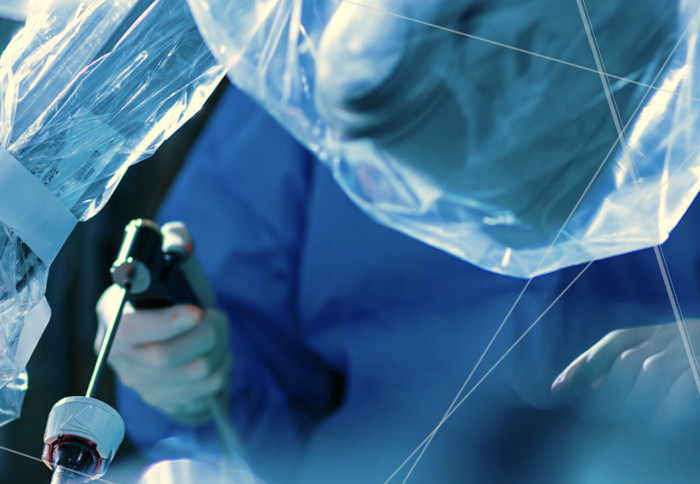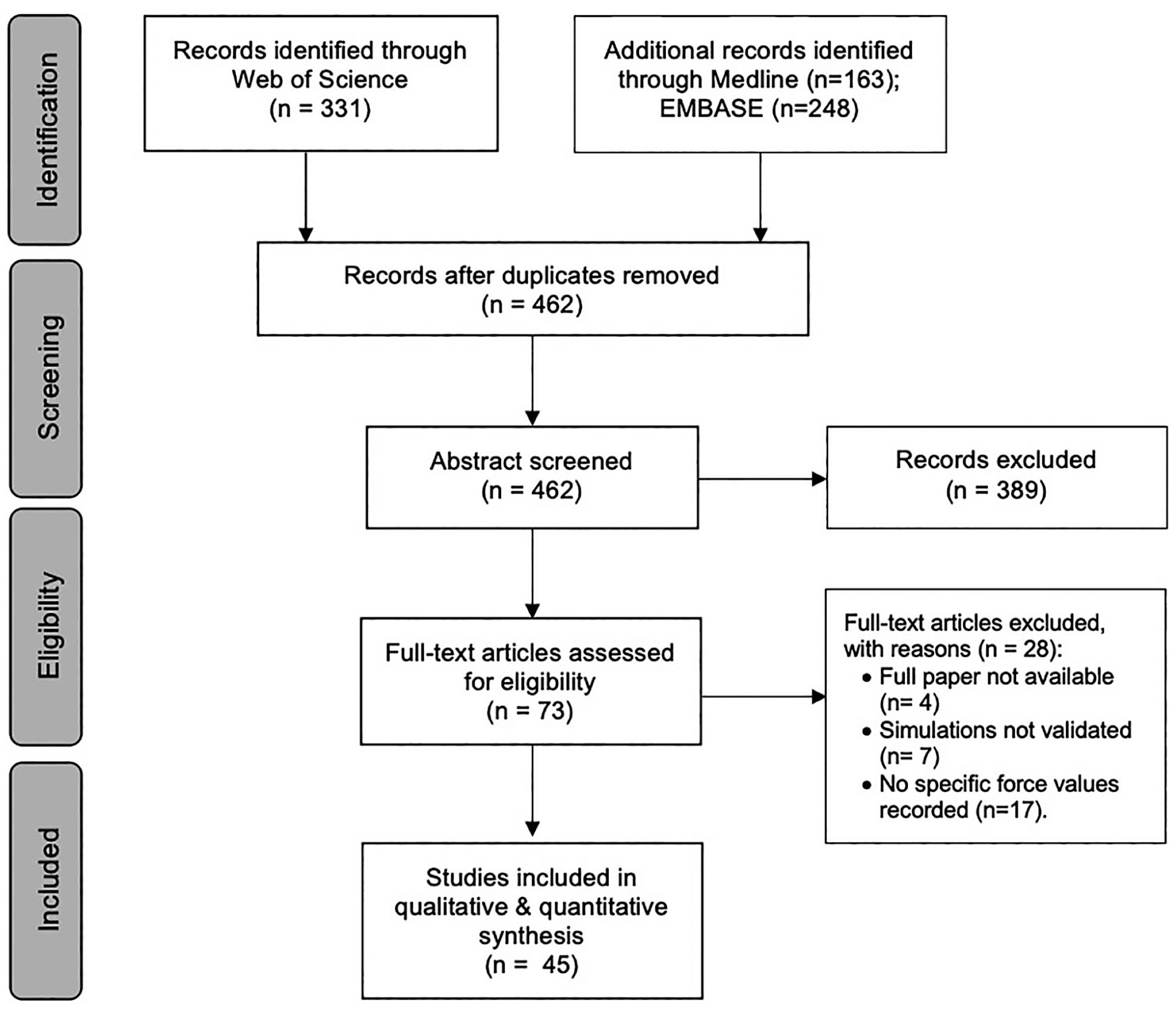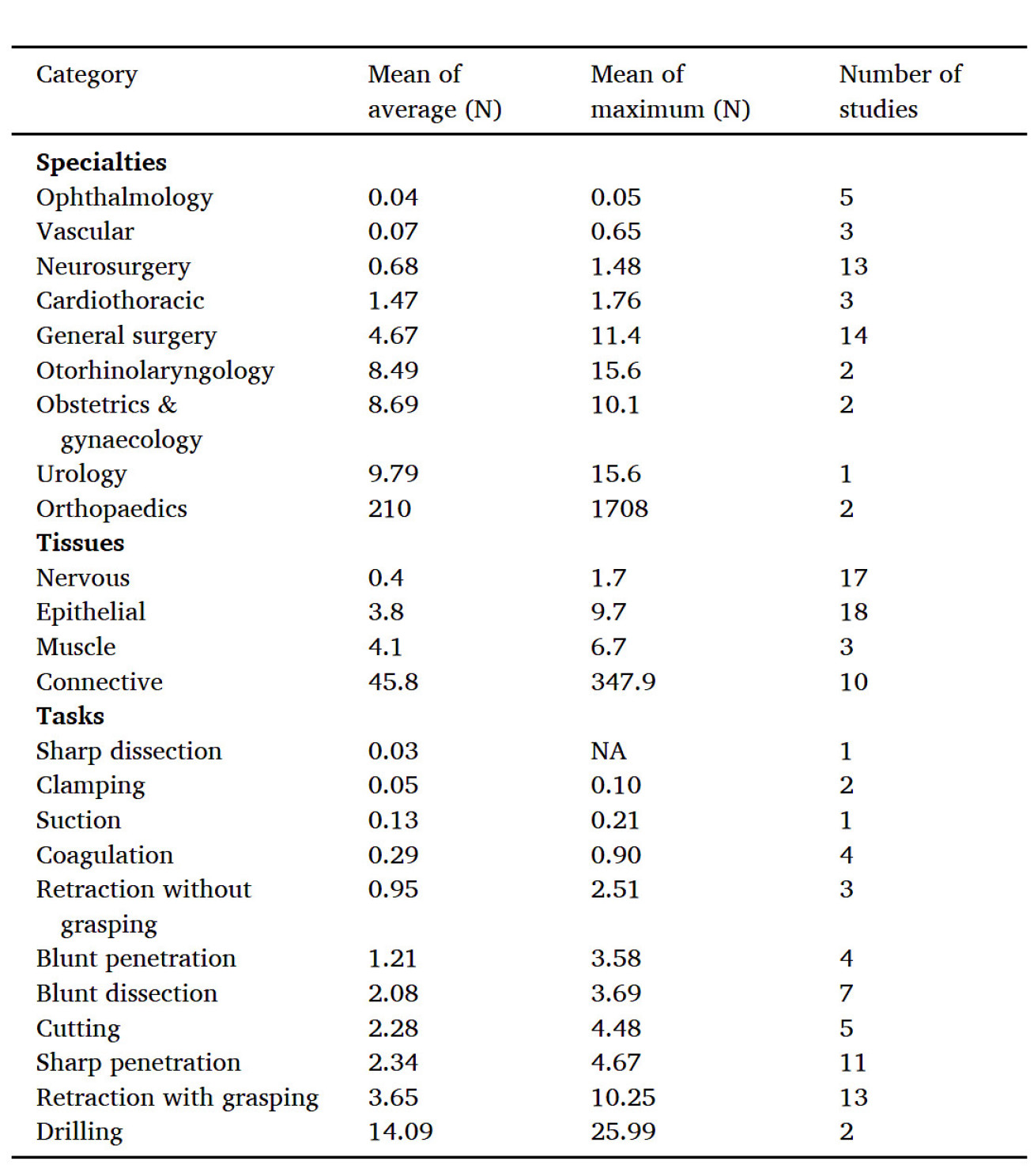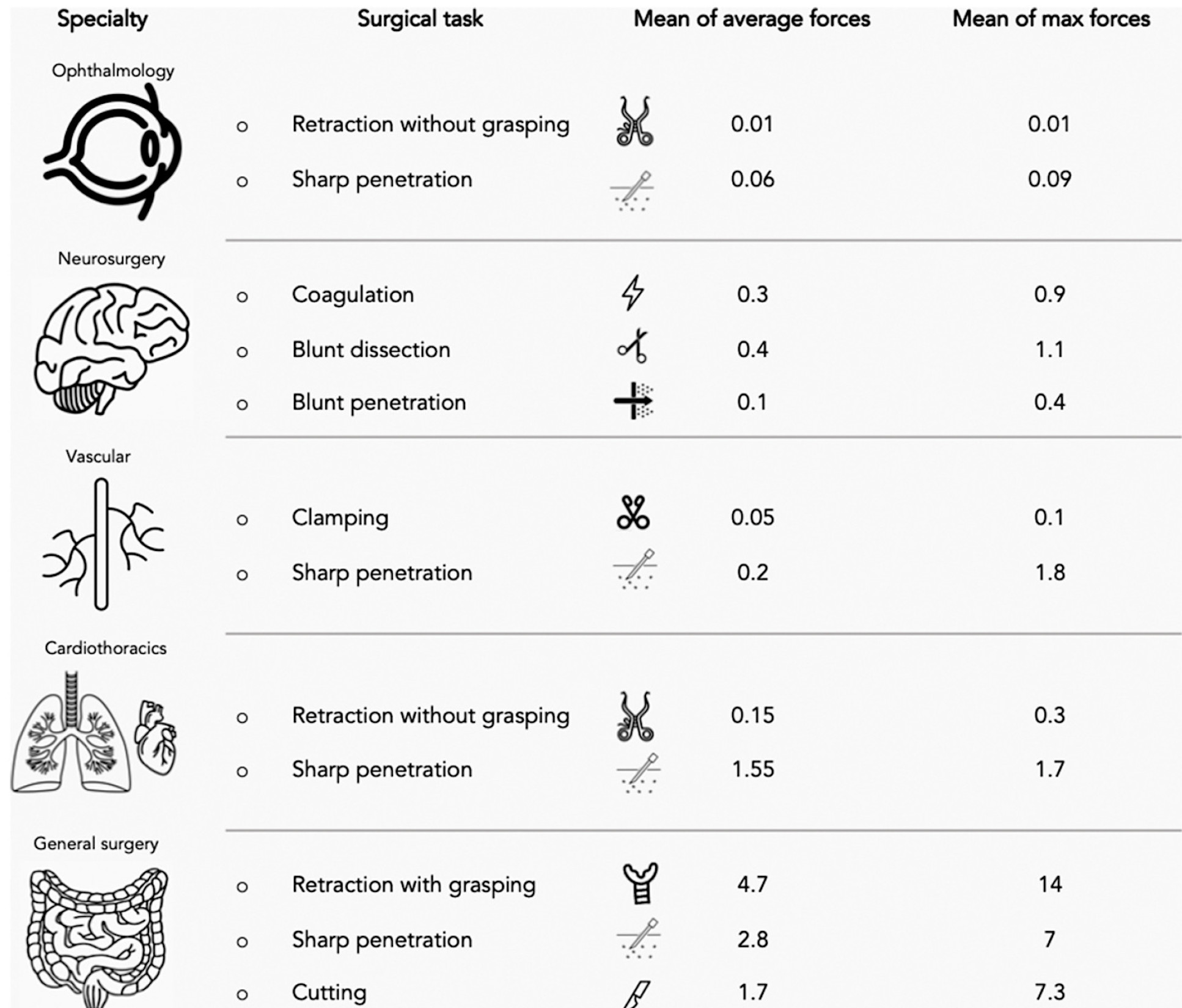

A Hamlyn-led research team provided a review of tool-tissue forces in Surgery, aiming to aid surgical safety improvement, training and assessment.
The field of surgery is defined by the application of physical force to manipulate or incise tissue for the treatment of medical disorders. Surgical forces must be applied judiciously, in a precise and controlled manner, in order to carry out procedures efficiently without causing unnecessary tissue injury.
Excessive tool-tissue interaction forces often result in tissue damage and intra-operative complications, while insufficient forces prevent the completion of the task. The measurement of forces applied during surgery at a tool-tissue level thus is an important step in developing solutions to solve the current technical issues occurred during surgery, such as the use of excessive force.
Force measurement not only provide a quantitative metric of surgical skills (which potentially useful for surgical training and assessment) but also allow the definition and characterisation of a safe range of forces for specific manoeuvre.
A Systematic Review of Tool-tissue Forces in Surgery
In the light of this, a Hamlyn-led research team at the Hamlyn Centre provided a PRISMA-guided systematic review, which sought to explore the tool-tissue interaction forces exerted by instruments during surgery across different specialities, tissues, manoeuvres and experience levels (PRISMA: Preferred Reporting Items for Systematic Reviews and Meta-Analyses).

Three databases were searched (EMBASE, MEDLINE and Web of Science) and using targeted search terms as per the registered study protocol (PROSPERO ID: CRD42020170917). Articles (1950–2020) were searched on 12/05/2020 and duplicates were removed using Endnote ×9.

Inclusion criteria were: 1) studies reporting any open or laparoscopic surgical procedure performed on humans, cadavers, animals and validated models; 2) studies that described tool-tissue interaction forces measured directly.
Of 462 articles screened, 45 studies discussing surgical tool-tissue forces were included. The studies were categorized into 9 different specialities with the mean of average forces lowest for ophthalmology (0.04N) and highest for orthopaedic surgery (210N).
In this systematic review, the Hamlyn-led research team highlighted the most recurrent tasks for the top 5 specialities (according to study number).

Moreover, the research team also provided the range of forces applied varies according to surgical speciality, tissue, manoeuvre, operator experience and feedback.
In conclusion,
- In the context of heterogeneous data reporting and study design, neurosurgery, ophthalmology and vascular surgery require the least amount of force, whilst orthopaedic surgery required the most.
- Accordingly, nervous tissue was the most delicate, whilst connective tissue required more force to manipulate.
- In general, experts apply less force, and trainees benefit more from force feedback. That is to say, surgeons could use force data to facilitate reflection on technique and highlighting unconscious excessive force use (e.g. with the non-dominant hand whilst retracting tissue).
- Furthermore, standardised reporting of tool-tissue interactions will facilitate pooled analysis of force safety thresholds and performance metrics. Using these data to assess the effect of human factors on operative performance (e.g. fatigue, personal stress) could further facilitate the development of supportive work environments which optimise surgical care.
- Lastly, development of novel technology such as smart instruments, robotics and integrated feedback system will facilitate (and might also benefit from) these advancements.
George P. Mylonas is funded by the NIHR Imperial BRC. Hani J. Marcus [former Hamlyn Centre member] and Danyal Z. Khan are funded by the Wellcome/EPSRC Centre for Interventional and Surgical Sciences (WEISS). Hani J. Marcus is also funded by the National Institute of Health Research (NIHR) University College London Biomedical Research Centre (BRC) (Aida Kafai Golahmadi, Danyal Z. Khan, George P. Mylonas and Hani J. Marcus, "Tool-tissue forces in surgery: A systematic review", Annals of Medicine and Surgery, 65, 102268, May 2021).
Supporters

Article text (excluding photos or graphics) © Imperial College London.
Photos and graphics subject to third party copyright used with permission or © Imperial College London.
Reporter

Erh-Ya (Asa) Tsui
Enterprise

Contact details
Tel: +44 (0)20 7594 8783
Email: e.tsui@imperial.ac.uk
Show all stories by this author



